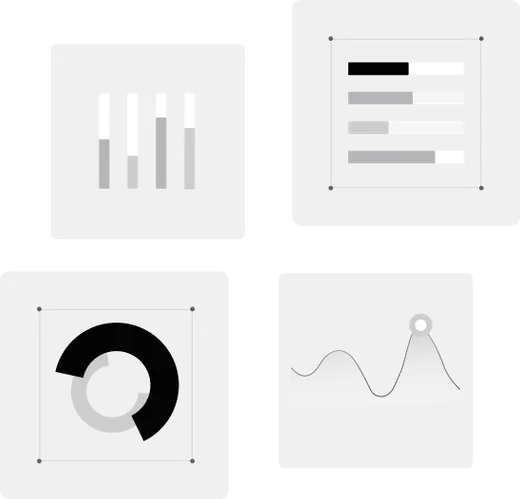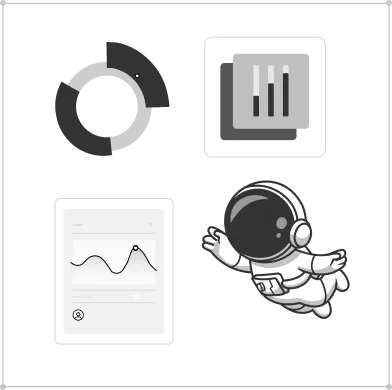Interoperable open-source apps as a living organism
Ara is a set of protocols, libraries, and the payment network aiming to turn chaotic, underperforming open-source into the driving force of the Web.
Join our dev community (Telegram)

What benefits does the user receive from a web living organism?
A unified user interface and the ability to customize the web apps you use with the Agents and Bots on your browser are just two examples of the new benefits Ara offers for technologies that were previously unattainable. Furthermore:
- Pay only to a living organism: your one payment as you go will be distributed worldwide.
- Get in touch with with open-source developers to collaborate on app development
- Any web app has an open-source, cheaper analog, so pay less, and Ara distributes them to all contributors
- To stay informed about the release date of the interface with the open-source apps hub, join our telegram news channel.

What benefits do developers receive from web living organisms?
You can prevent unexpected complexity by designing your app to be a part of the living organism. Concentrate on your goals and use other people's instruments for other purposes. Furthermore:
- Create module app and with paradigm to put in living organism, you make it as a better design choices.
- If your library used for commercial use, get shares for all contributors of the code.
- Permit others to edit and create mods; if they become well-liked, you will also receive your shares.
- To begin using our libraries to transform your projects into a plugin-n-play architecture, see our GitHub
Start using the available tools right away.
Ara is made up of a number of technologies, each of which is independent and focuses on a particular task. The descriptions of each technology to be used in similar situations are provided below:

Ready to build your next project that can grow in the web?
Start creating modular apps by looking over the library documentation on README. We always welcome anyone who wants to become a part of our community. Check Ara Sangha Group (Telegram)
Check out Readme.md